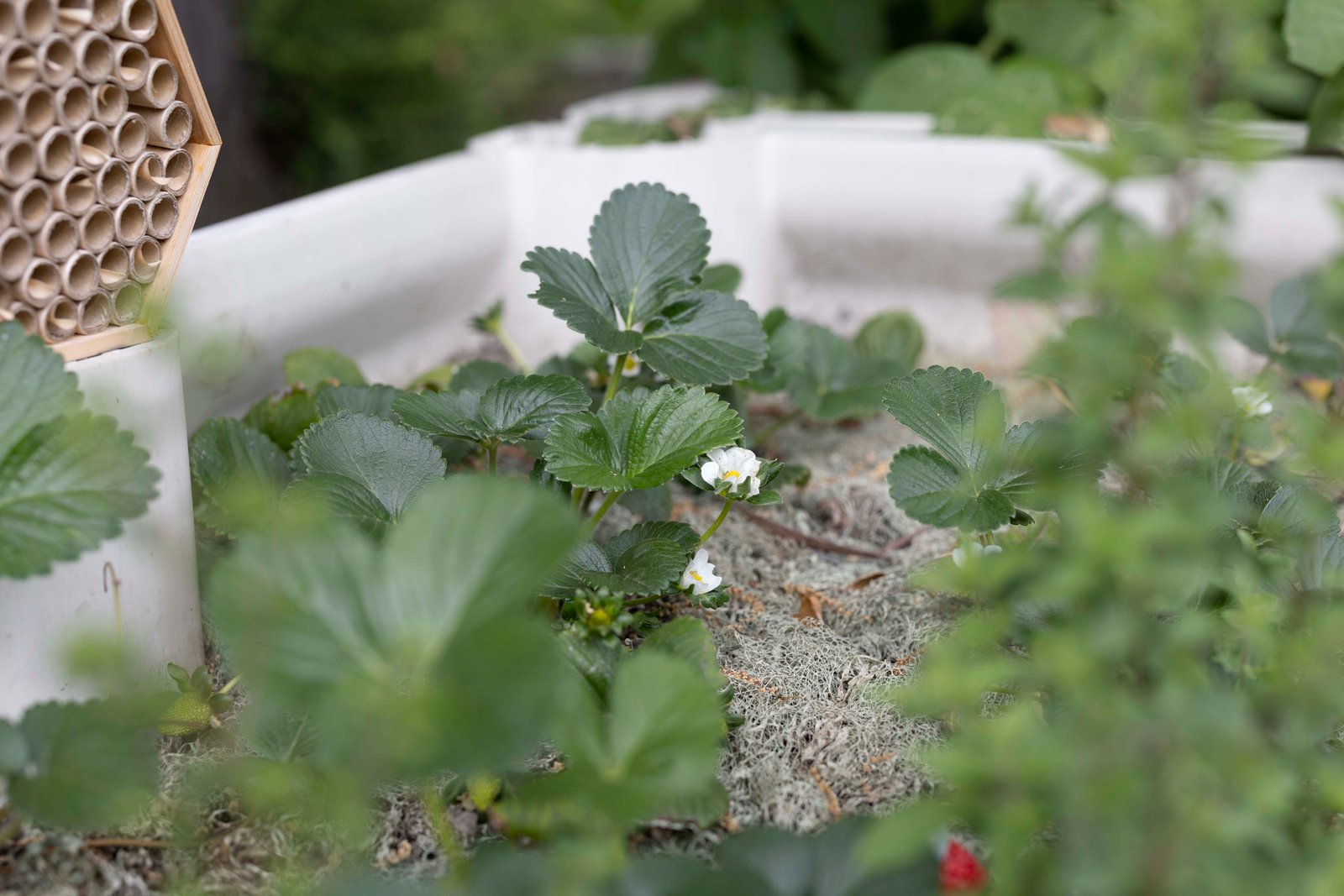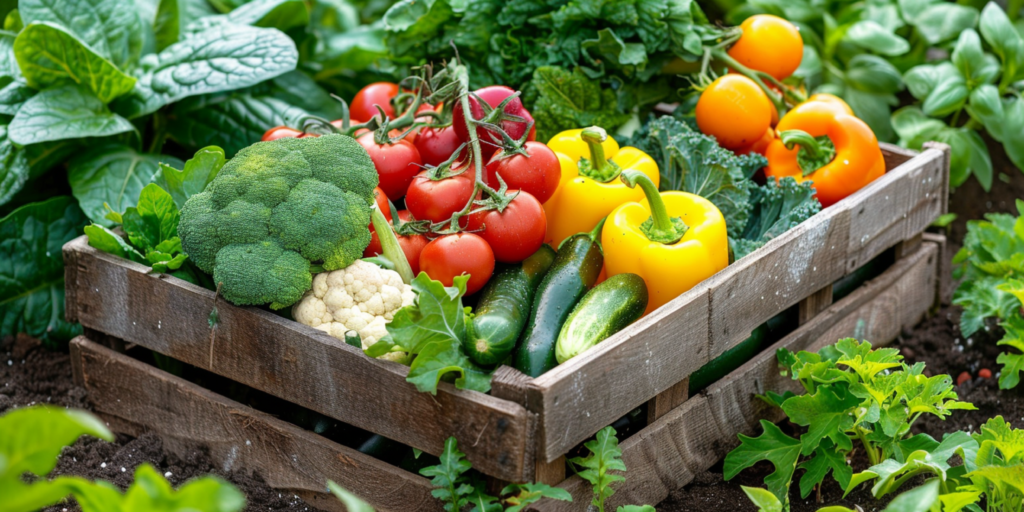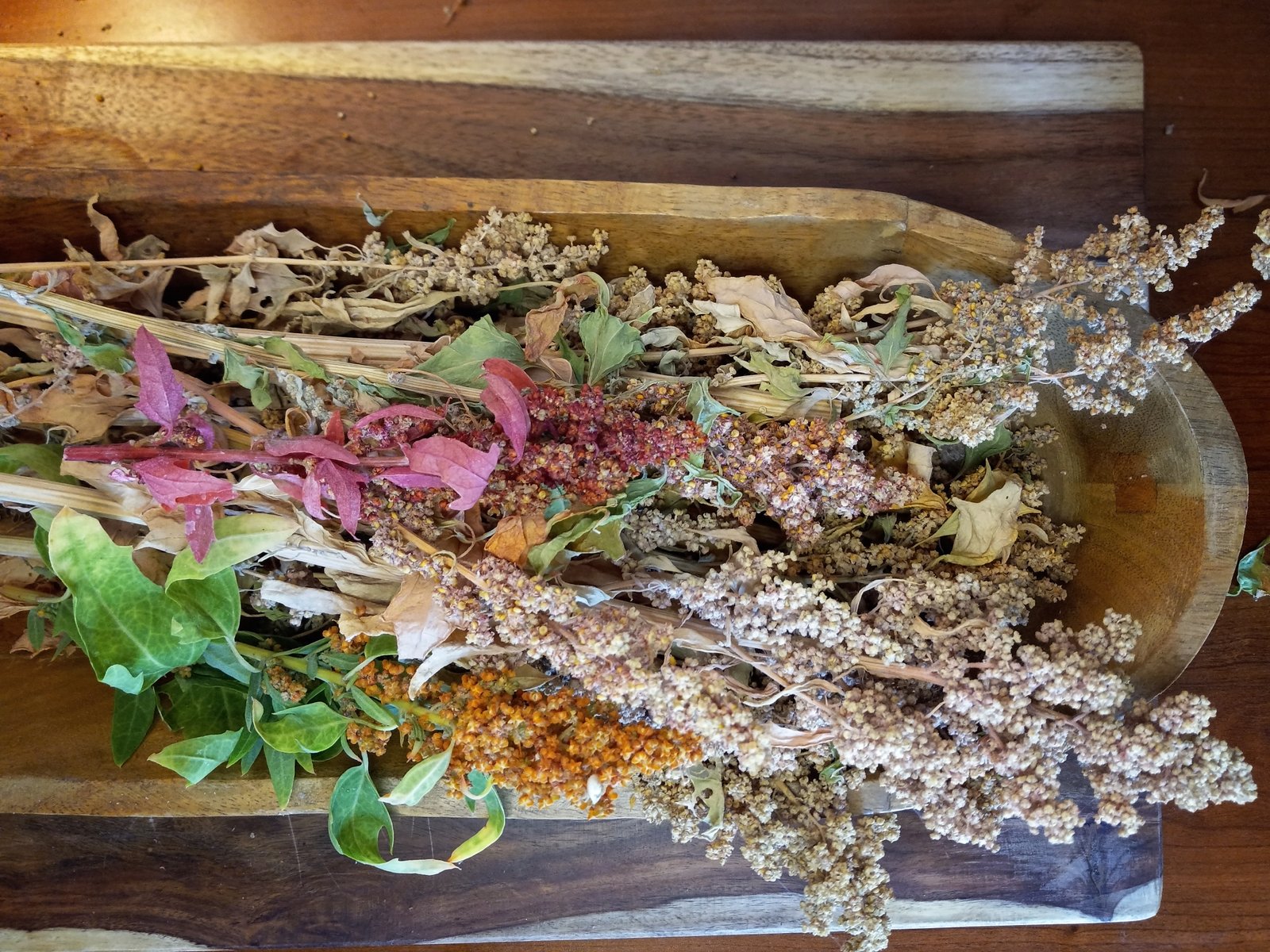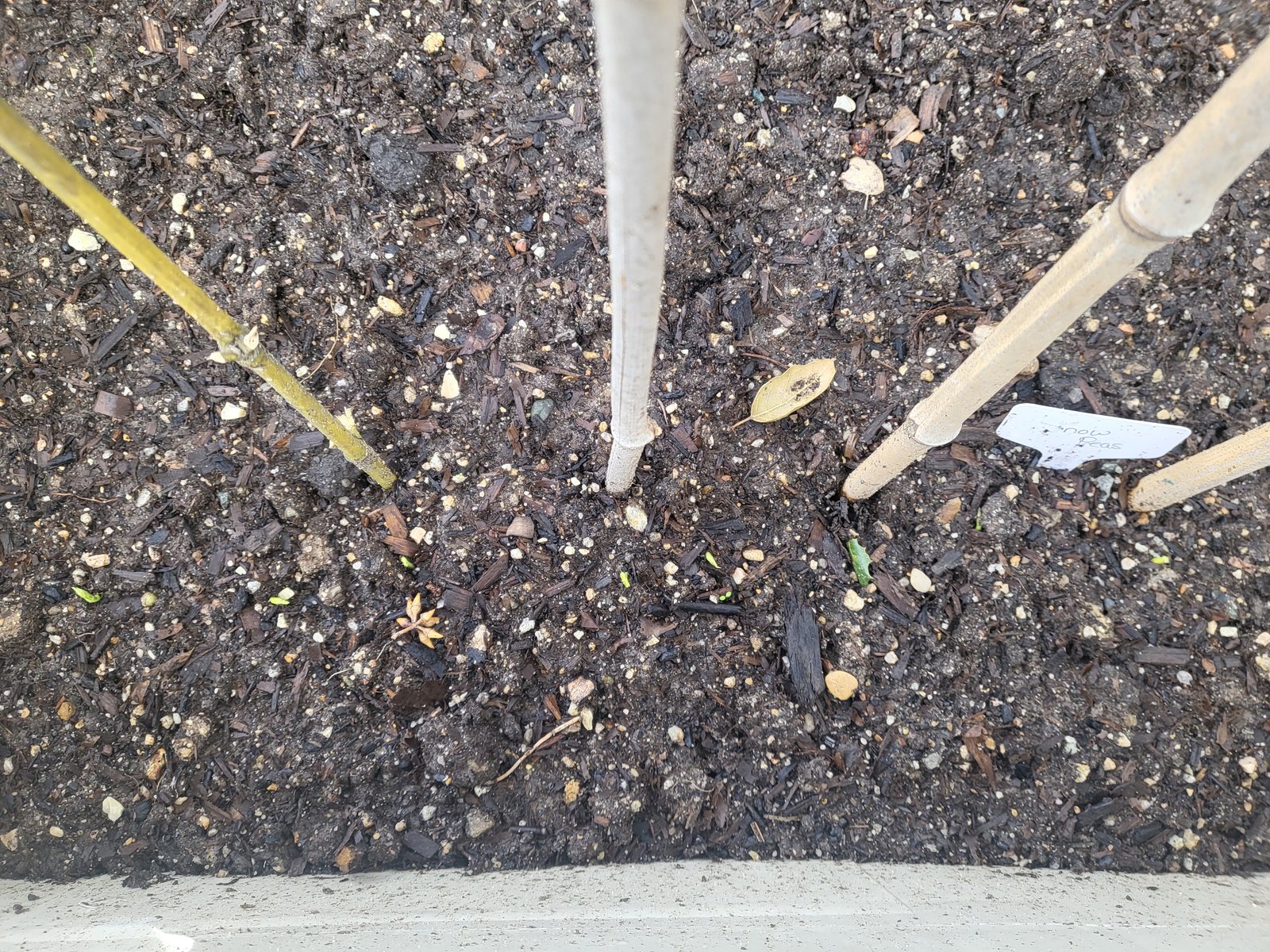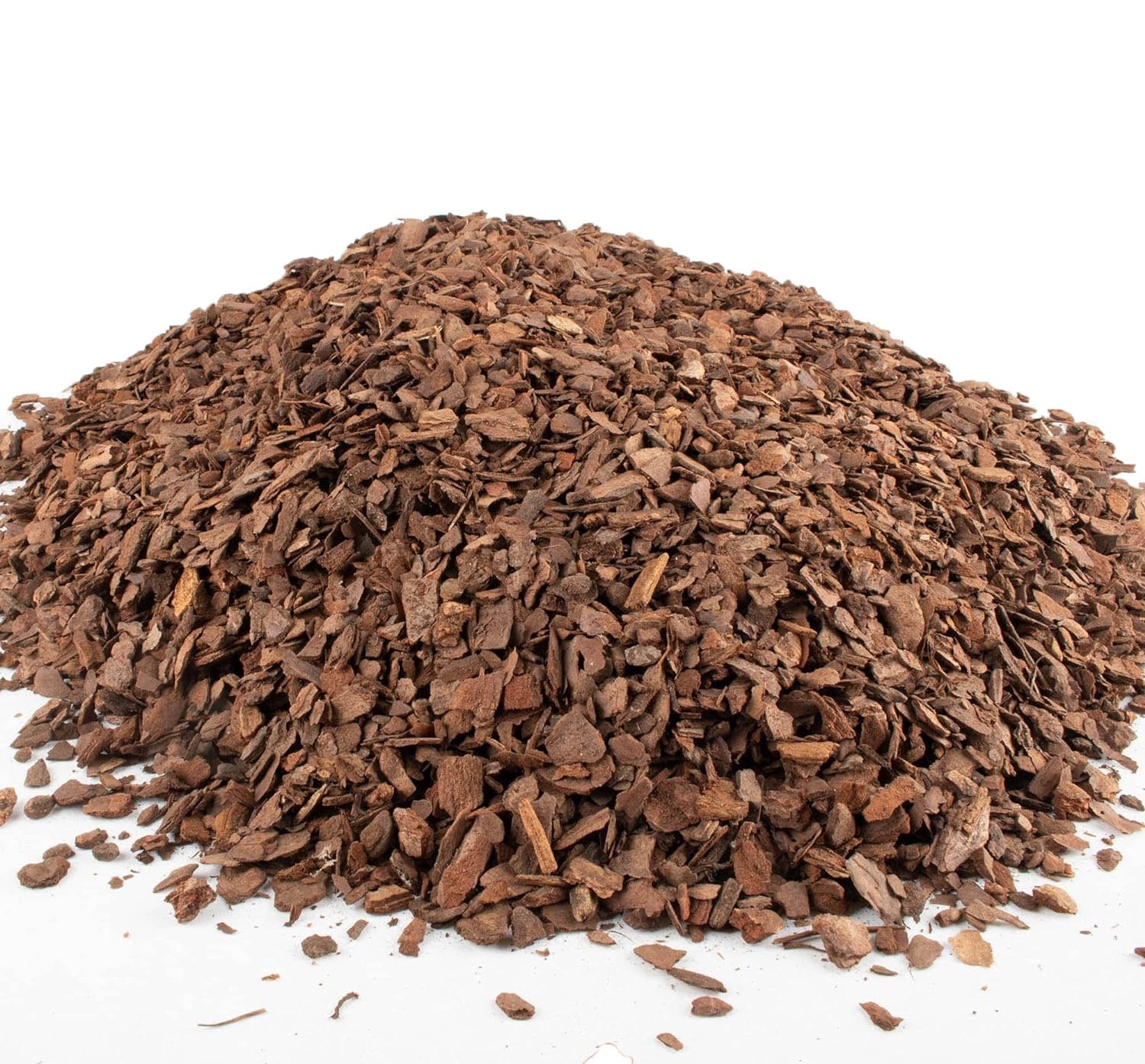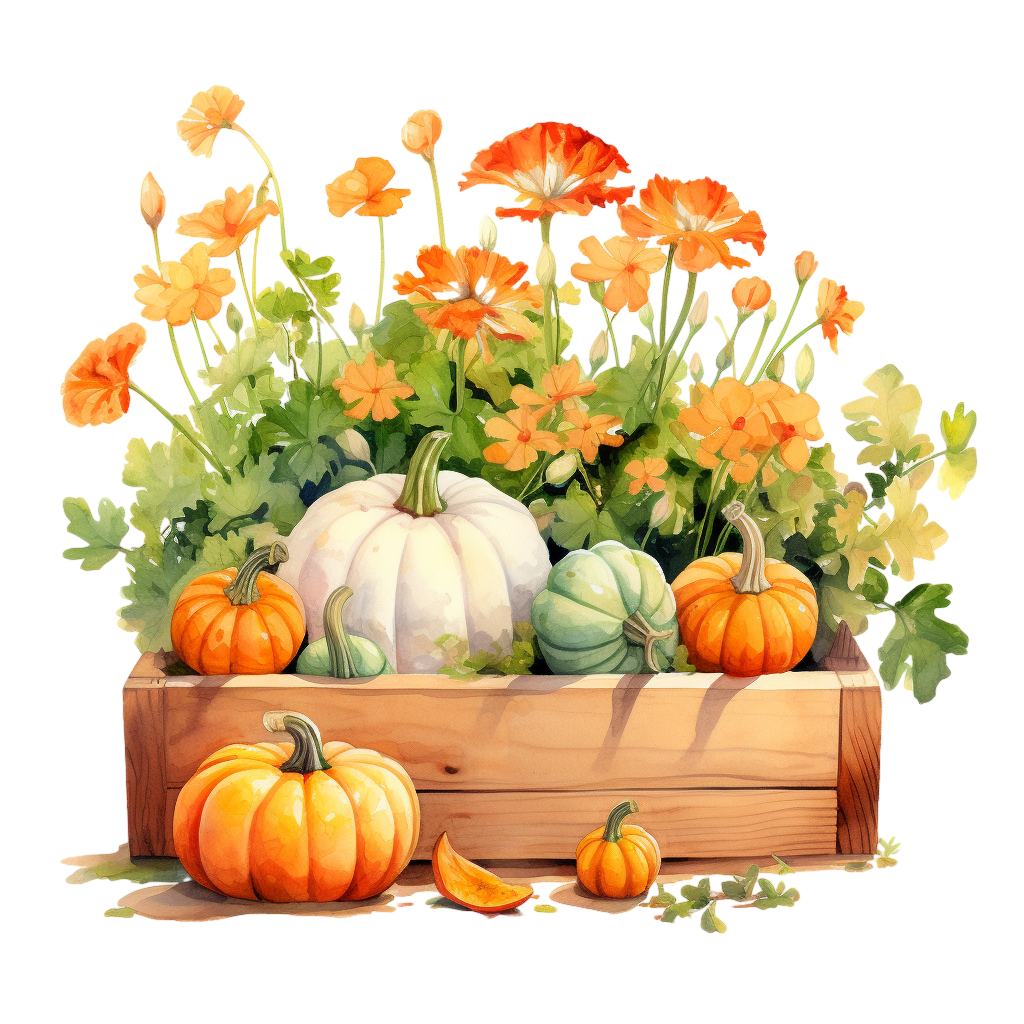Choosing Plants
Choosing plants for your vegetable garden is next on the list. Unfortunately, not everything grows well in every climate, so you’ll need to select the varieties of fruits and vegetable that grow where you are.
Know Your Zone
Knowing you growing zone is key to knowing what will grow in your area. You can find your zone at the USDA website. They have a color coded map that will let you easily identify what zone you are in. You can also look up the zone by zip code by typing it in to the search bar at the top of the map on the USDA site.
When choosing your plants, you want to make sure they fit within your hardiness zone. I live in zone 9a, so there are some varieties of citrus that I wouldn’t try to grow here. Thankfully, almost everything grows in my area, but most areas of the country can be a bit more limiting when considering growing zones.
Some plants are better suited for cold weather and others do well in hotter temperatures. This can help determine the time of year you will plant your crops. I used to think that every year was one opportunity to grow crops. Now, I know each year offers at least 2, if not 3, growing seasons for my garden. Where I live, it’s chilly in the spring and slowly starts to heat up with fall being the hottest time of year. Most people can easily plant onions or garlic in the fall, but I need to wait until winter or plan for early the following spring to avoid having a failed garlic crop.
The Old Farmer’s Almanac has a planting calendar that allows you to put in your zip code to find out the best planting times for each crop. It’s a pretty cool tool. Try it out.
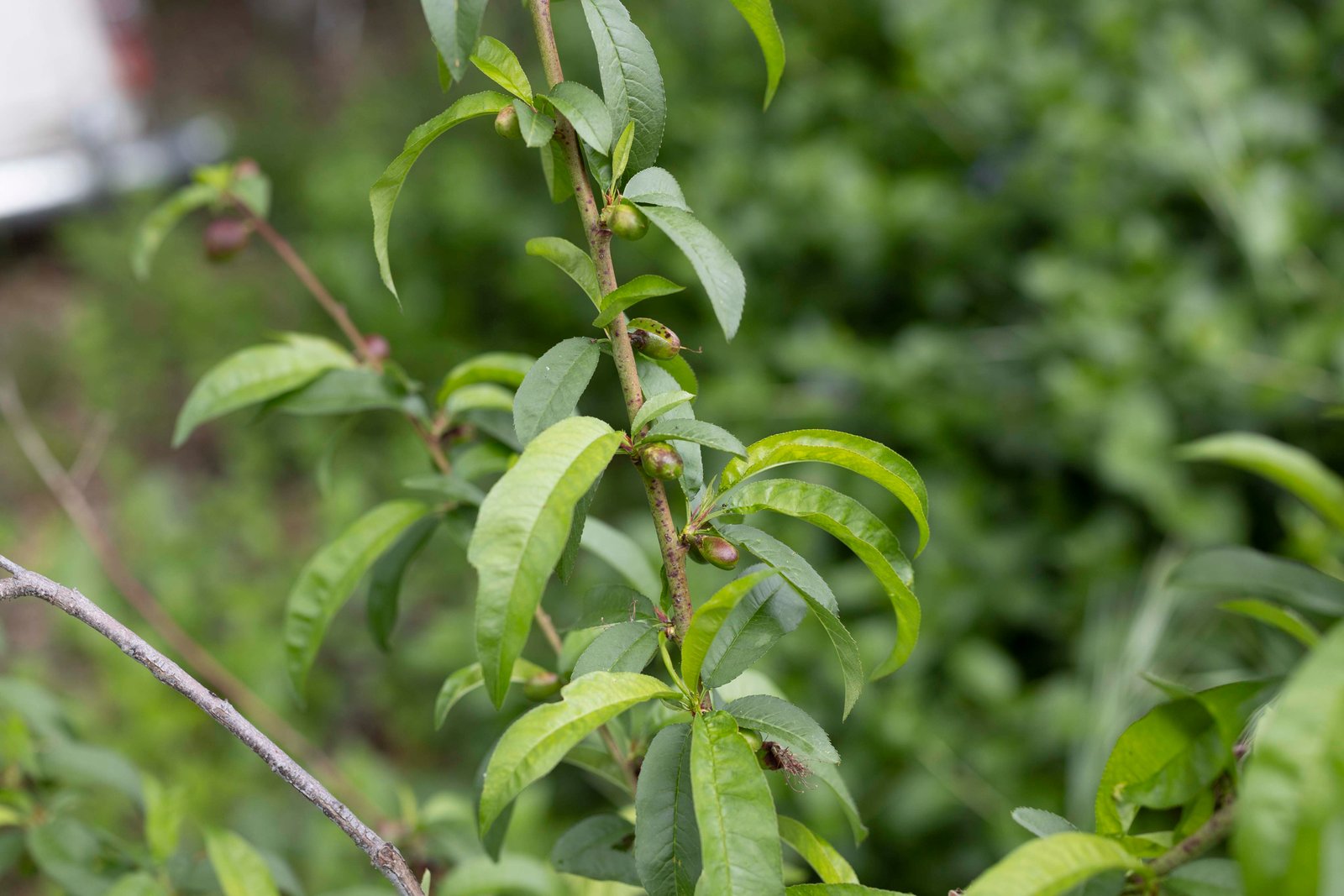
Plant What You Love
Choosing plants you love will make gardening even more enjoyable and rewarding. I grow lots of things just for my kids. This not only helps them participate in my garden chores, but it also gets them excited about eating their vegetables. My son loves snow peas and my daughter love tomatoes. It’s extremely rewarding to grow the food you love.
Since most of us are limited on space in our garden, it only makes sense to prioritize the foods we love. Why waste space and energy growing food we don’t want?
Some food that I grow isn’t really food that I love as is. Tomatoes are grown in my garden for 2 reasons. One, because my daughter loves them. Two, because I use tomatoes in recipes like salsa or spaghetti sauce. I like to make my own ketchup and tomato paste. You’ll never see me eat a tomato, but I still grow them for all things I can make with them that my family and I love.
My garden if full of beautiful fruit trees because that’s what I love. I can’t get enough nectarines…ever. I love them like no other fruit. Every year, I make nectarine jam (which is heavenly) and I dehydrate them for snacking all year. I’ve got 3 nectarine trees! Because I value fruit so much and have so many fun ways to preserve it, I have several other varieties of fruit trees as well. Along my fence, you’ll find nectarine, peach, plum, apricot, cherry, pomegranate, and even an almond tree.
Choosing Plants To Share
Sharing your harvest is amazing. It gives me such a wonderful sense of accomplishment to know that I can not only feed my family, but have enough to share as well! What a wonderful gift! My house came with a massive fig tree. The only thing is that none of us really like figs all that much. But this is where choosing plants to share comes in handy. Not only can I share my abundance, but I can also use the figs to trade for things I do want. I love having walnuts, but I can’t find an English walnut tree locally. Since California is an agricultural superstar, we can’t import many fruit or nut trees due to potential contamination. So I trade my figs for walnuts.
If you have a smaller garden, growing things that are easy for you, even if you don’t want them, can give you access to the things that are harder for you, but you do want. The worst that can happen is that no one is willing to trade and you end up giving your produce to the local food bank. That doesn’t sound so bad to me.
Heirloom & Organic – What are they and why you should choose them
Organic
We see this term a lot and by now, most people are familiar with what it means. Organic simply means that the food was produced without the use of chemical pesticides, fertilizers or other artificial substances.
Why is this a good thing? More and more evidence is coming out every day proving how bad those chemicals are for our bodies. We are just beginning to understand the environmental and health impacts that chemical fertilizers and pesticides have. The best way to know that they’re safe is to not use them at all. With so many natural options, there’s really no reason to use these chemicals at all, especially in our home gardens.
Heirloom
Heirloom seeds or plants are passed down from generation to generation without alteration. This means that they have not been genetically modified in any way. I could go on and on about my views on GMO’s and why I think they’re terrible, but that’s for another day.
Heirloom varieties of plants are beneficial because you know that you are getting the purest form of the food with no genetic variables that science has yet to understand or even recognize.
Seed saving is only possible with heirloom varieties. Well, I should say, “successful” seed saving is only possible with heirloom varieties. Seeds from heirloom plants will produce the same plant as the original. Unfortunately, seeds from GMO plants will not. The seeds you get from a GMO plant will revert back to one of the parent plants, but because it was modified, the food it produces can sometimes be inedible. You should only save seeds from plants that are heirloom varieties.
Choosing Plants…
is fun and rewarding, when you know what you want to grow. If you ever get stuck and you don’t know what plants to choose, just try a few and see which ones you like the most! My first year of successful gardening was spent learning which varieties to plant at what time. I planted my beans too early and my brussels sprouts too late. I should have waited a little longer to plant my squash and watermelon and my strawberries were too far in the shade. But every time I planted something, I learned from it and my garden got better and better.
Buying Seeds and Seedlings
Now, you get to order seeds and watch the magic as they grow. This is really fun to do and in this section, I’ll go over where to source your seeds and seedlings from as well as some other small, useful information.
Online Stores
Several online stores offer a great selection of heirloom and organic seeds. Eden Brothers is one that I’ve used and love. I’ve heard good things of Annie’s Heirloom Seeds. Finally, Amazon has some good options, but be sure to do your research before purchasing any seeds. Some companies will label their seeds as heirloom or organic, but they really aren’t. If you can’t be sure, it’s best to order from a trusted source.
Seedlings
Seedlings are a little harder to find in heirloom and organic varieties. Most of what you’ll find in almost any store will have been sprayed with pesticides and likely genetically modified in some way. One way to avoid this is to look for local sales at your farmer’s market or even on Facebook Marketplace.
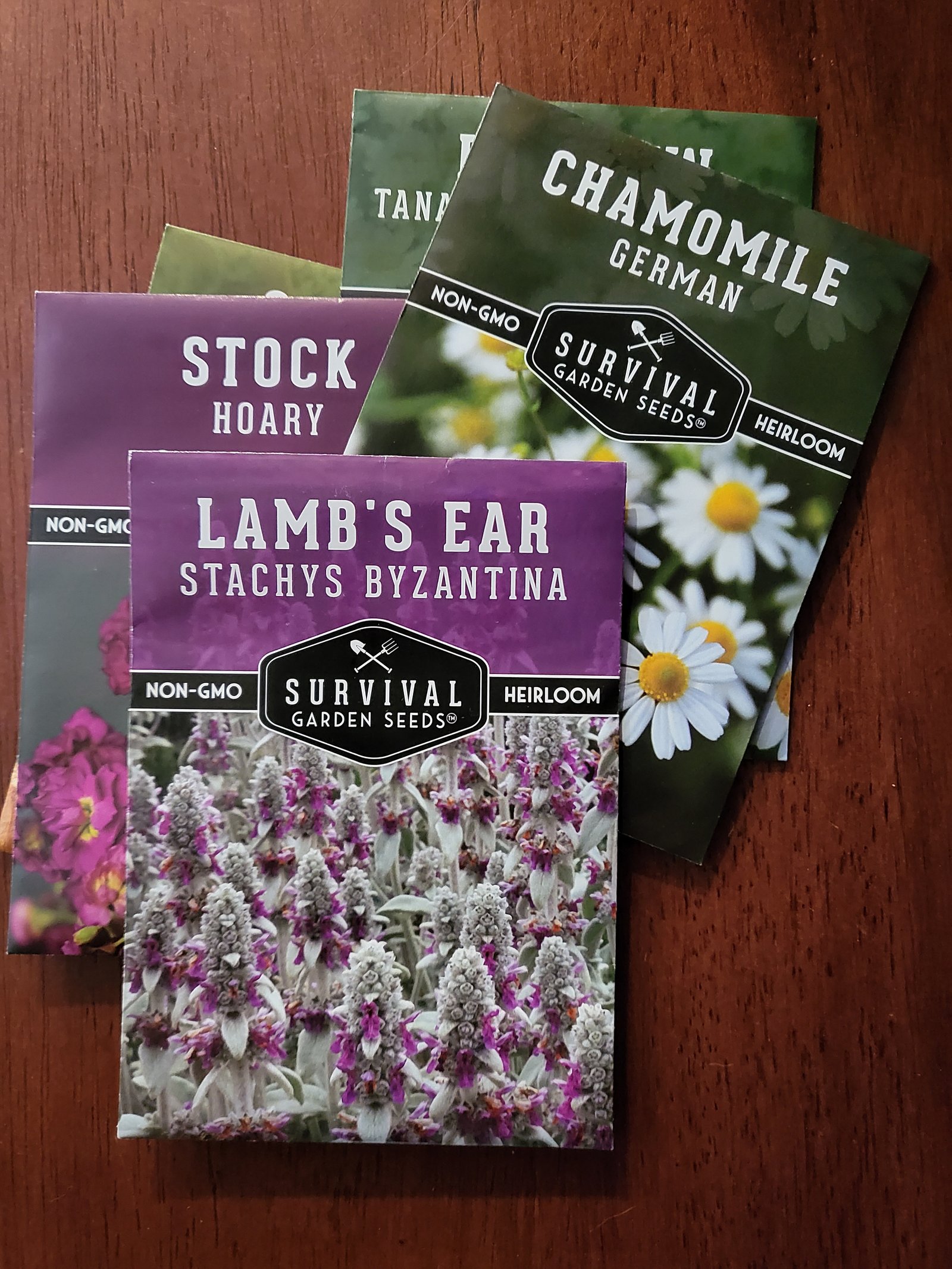
Box Stores
Big box stores like Lowe’s and Home Depot are great for when you’re in a pinch and just need something now. Most of the big stores have a large selection of heirloom and organic seeds. Miner’s has a brand that makes it incredibly easy to see what’s organic by making the top portion of those seed packets a light green. That way, you can easily pick out the seeds you might be interested in.
A Word on Heirloom and Organic
I choose to only grow heirloom and organic varieties in my garden, but I know that’s not what everyone wants to do. The reason I do is because I want to put the most pure, healthy items in my body and that’s one way I can do that. I don’t always succeed in this, but every little bit that I do makes me happy. So do what works for you! If organic gardening is not for you, that’s okay!
Related Posts
I know in a lot of my posts, I talk about heirloom and organic options in the garden. That’s because I’m so passionate about keeping my food as much like God intended as possible. Sometimes, I do a great job at making sure we are avoiding processed food. Other time, not so much. Some days, we eat out or I cook from a box.
None of us can reasonably live like we did before industrialization and processed foods were introduced. It’s just not practical in today’s world. I’ve done a lot of research over the years and learned a lot about our food and where it comes from. I truly believe that God created the perfect food for our bodies and the changes that humans make to the food is for the sole purpose of convenience. It’s convenient to have food with a shelf life of ten years. It’s convenient to have crops that are resistant to certain types of pests. But at what cost?
While food companies are making millions on these products, our bodies are the ones that are suffering. Cancer rates are through the roof. Intestinal problems are popping up everywhere. Food allergies and sensitivities are present like never before. I can’t help but notice a connection to the food we eat.
So eating organic isn’t just because I jumped on that wagon blindly. Eating organic for me came slowly. It came after a lot of research and gaining a greater understanding of where our food comes from. I learned more about how our food is processed and what method are used. Learning what happens to our produce between the time that it’s planted to the time it ends up at the grocery store has made me wary of purchasing anything at all.
The final thing that made me sit up and take notice was the increase in recalls nationwide. Between spinach and chicken, lettuce and yogurt and everything in between, it seems like there’s a new recall every few days. These recalls aren’t packaging concerns, they’re serious health concerns with potentially fatal effects. To think that my child could die from eating vegetables…something’s wrong with that. Something’s wrong with the food system in this country.
So I’ve decided to change what I can. I can’t change the system. I can’t change the food at the store. But I can change what my family eats and I can make sure I give them the very best that I can. Tomorrow, I might learn more and change some things in my garden, but I will always strive to the very best with the knowledge that I have. At the end of the day , that’s all we can do.
If you’re not ready to take that leap and go fully organic and heirloom when choosing plants, that’s absolutely okay. That’s just where I’m at in my journey. When I share what I do, I don’t think you need to be doing the same things. I just love what I do and what I’ve learned and I want to share it all with you.
